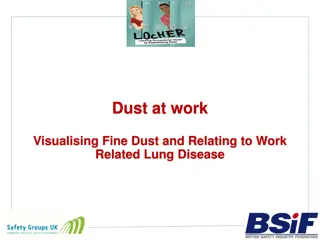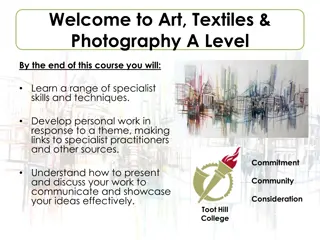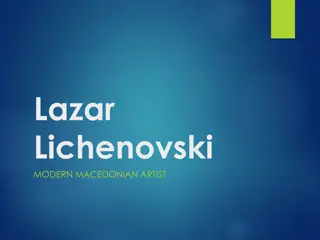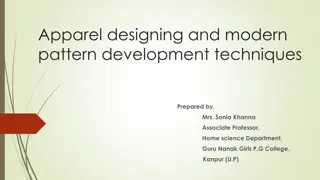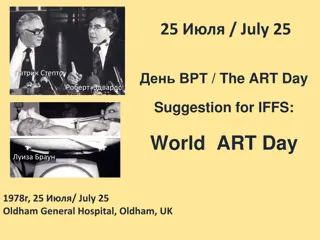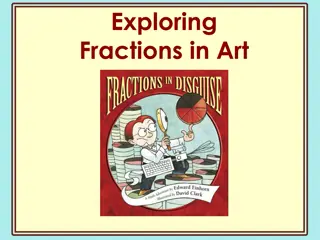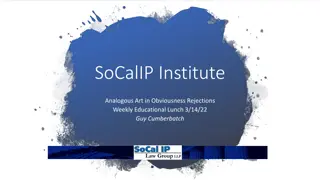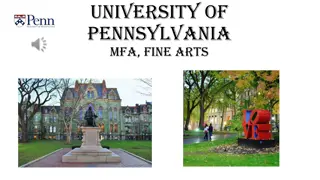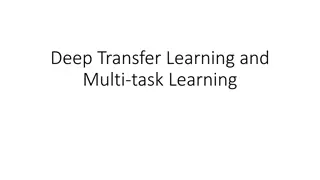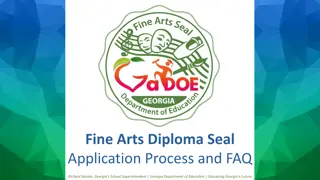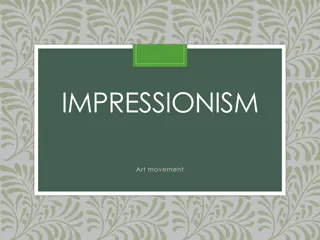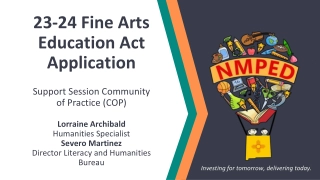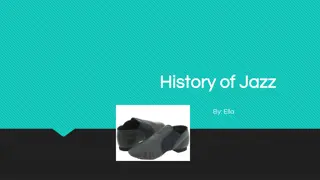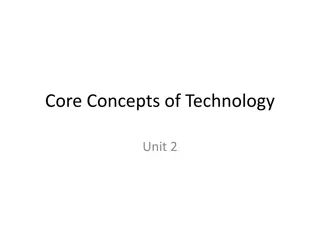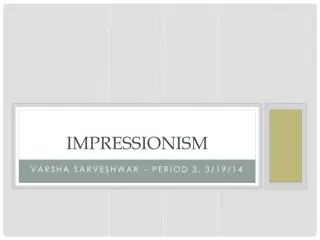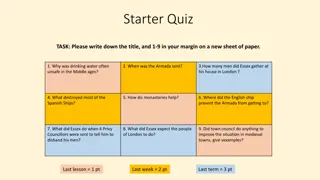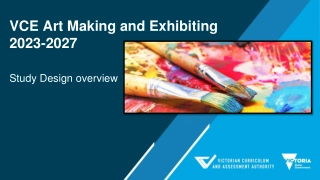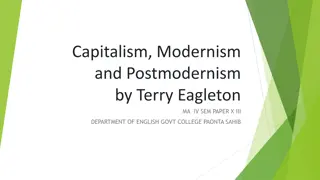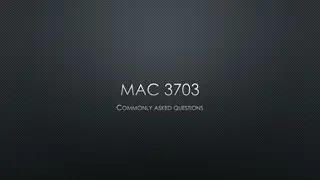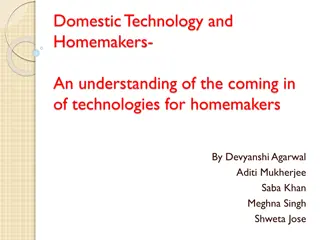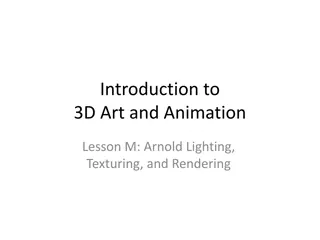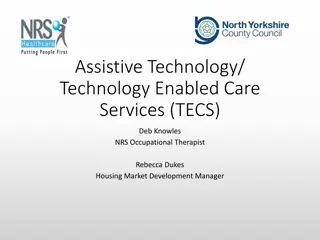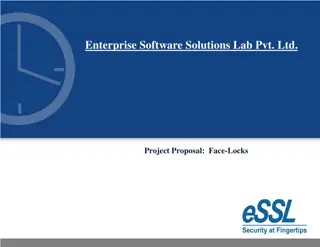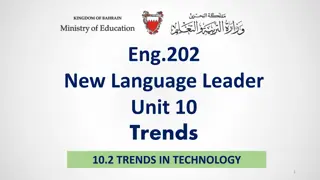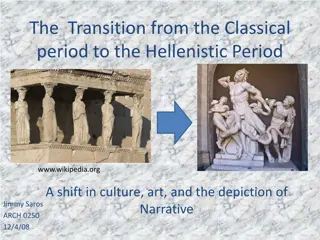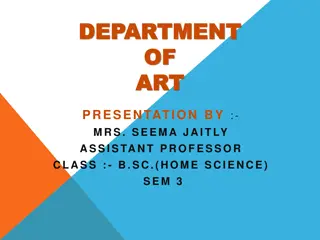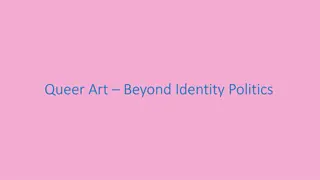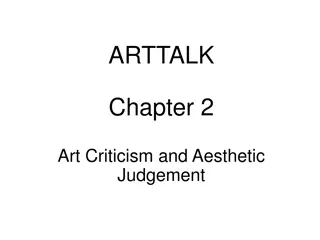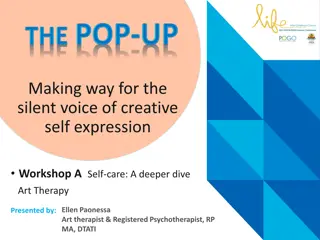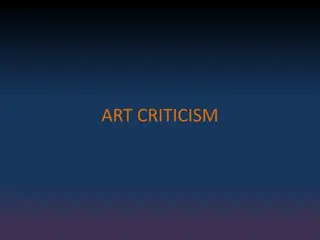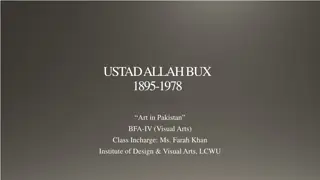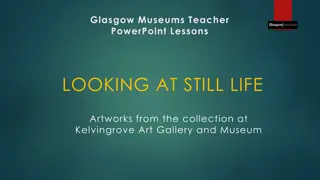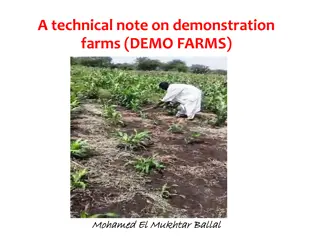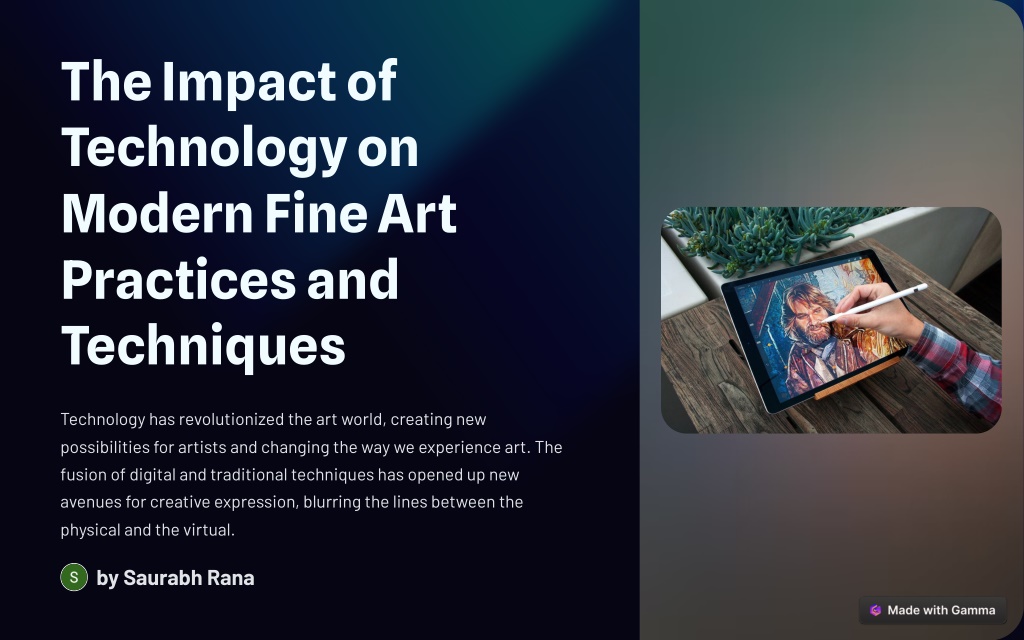
The-Impact-of-Technology-on-Modern-Fine-Art-Practices-and-Techniques
Minerva Institute in Dehradun offers a Bachelor of Fine Arts (B.F.A.) program designed for aspiring artists seeking to develop their creative talents and professional skills. This comprehensive program covers a wide range of disciplines, including pa
Download Presentation

Please find below an Image/Link to download the presentation.
The content on the website is provided AS IS for your information and personal use only. It may not be sold, licensed, or shared on other websites without obtaining consent from the author. Download presentation by click this link. If you encounter any issues during the download, it is possible that the publisher has removed the file from their server.
E N D
Presentation Transcript
The Impact of Technology on Modern Fine Art Practices and Techniques Technology has revolutionized the art world, creating new possibilities for artists and changing the way we experience art. The fusion of digital and traditional techniques has opened up new avenues for creative expression, blurring the lines between the physical and the virtual. by Saurabh Rana
The Rise of Digital Art Digital Painting 1 Software like Photoshop and Procreate allows artists to create intricate digital paintings with unprecedented control and precision. Digital Sculpture 2 3D modeling software enables artists to create complex sculptures, often for 3D printing or virtual reality experiences. Generative Art 3 Algorithms and code generate unique and unpredictable artworks, pushing the boundaries of artistic creation. Interactive Art 4 Artforms like interactive installations and digital experiences engage viewers in novel ways.
Embracing New Tools: Tablets, Styluses, and Software Tablets and Styluses Software Accessibility Tablets offer a natural and intuitive way to create digital art, mimicking the experience of traditional drawing and painting. Digital art software offers a wide range of tools and features, from brushes and colors to filters and special effects. Digital art tools are readily available and affordable, democratizing art creation and making it accessible to a wider audience. Styluses provide precise pressure sensitivity, allowing artists to achieve nuanced strokes and textures. These tools allow artists to explore new creative possibilities and experiment with different techniques.
Blending Traditional and Digital Techniques Digital Painting on Canvas Artists use digital tools to create initial sketches or backgrounds, then paint over them with traditional media, achieving a unique blend of styles. 1 Digital Enhancements Traditional artworks can be digitally enhanced or manipulated, adding textures, colors, or special effects. This can breathe new life into existing pieces or create entirely new interpretations. 2 Hybrid Art Artists create works that combine physical materials with digital elements, pushing the boundaries of traditional art practices. 3
Exploring 3D Printing and Generative Art 3D Printing Generative Art Artists use 3D printing to create physical objects from digital models, allowing them to experiment with complex shapes and forms that are difficult or impossible to achieve with traditional methods. Generative art involves using algorithms or code to create unique and unpredictable artworks. These algorithms can be programmed to produce specific patterns, textures, or compositions, or they can be left to evolve organically, creating surprising and unexpected results.
The Influence of Social Media and Online Galleries Increased Visibility Social media platforms like Instagram and Facebook allow artists to reach a global audience and showcase their work to a wider range of potential collectors. Direct Sales Online galleries and marketplaces provide artists with direct access to buyers, eliminating the need for intermediaries and allowing them to control pricing and distribution. Community Building Social media platforms foster a sense of community among artists and collectors, facilitating collaboration, feedback, and networking.
Challenges and Opportunities for Artists Copyright Protection Digital art is easily replicated and shared online, making it challenging to protect copyright and prevent unauthorized use. Financial Sustainability The rise of digital art has created new avenues for artists to make money, but it also poses challenges for artists seeking traditional gallery representation and consistent income. Technological Literacy Artists must adapt to the ever-evolving landscape of technology, requiring them to continuously learn and acquire new skills. Community and Collaboration Online communities and platforms provide artists with opportunities for collaboration and support, fostering innovation and artistic growth.
The Future of Fine Art in the Digital Age Augmented Reality 1 Artists can create immersive and interactive experiences that blend the physical and digital worlds, blurring the lines between reality and virtuality. Artificial Intelligence 2 AI algorithms can be used to generate unique and complex artworks, pushing the boundaries of artistic creation and challenging our understanding of what it means to be an artist. Virtual Galleries 3 Virtual reality and augmented reality technologies will create new ways to experience and interact with art, transforming the way we view and appreciate artworks.
visit https://minervainstitute.in/fine- arts.php/





